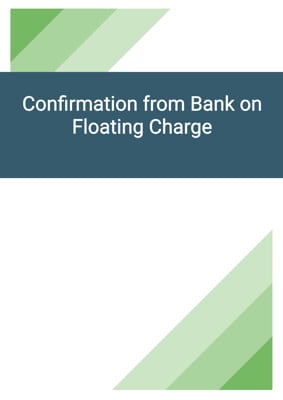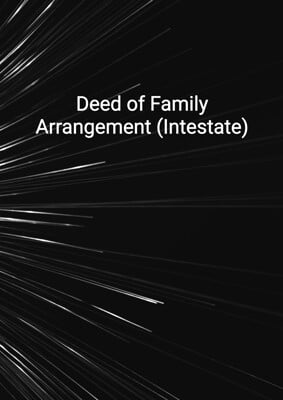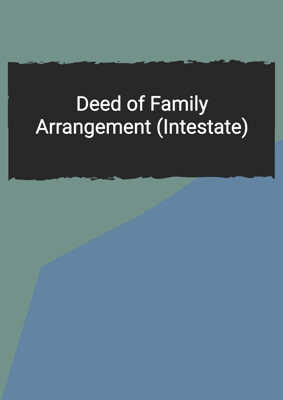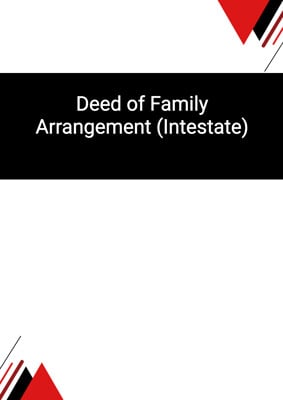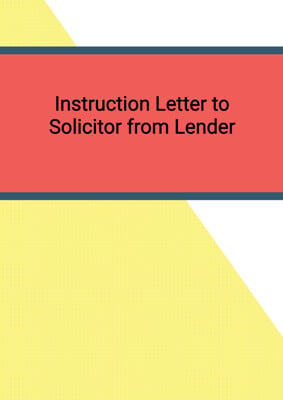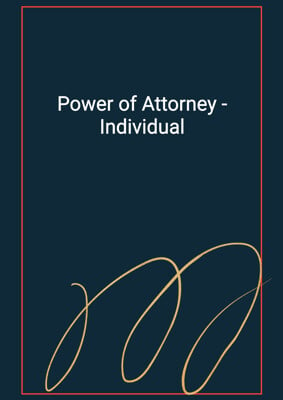How to Tailor the Document for Your Need?
01
Create Document
Fill in the details of the parties. You can click the "Fill with Member’s Information" button to complete it with information saved to your account.
02
Fill Information
Please fill in any additional information by following the step-by-step guide on the left hand side of the preview document and click the "Next" button.
03
Get Document
When you are done, click the "Get Document" button and you can download the document in Word or PDF format.
04
Review Document
The document should be signed by the authorised signatory (or directors of a company) and witnessed to complete the formality.
Document Preview
Document Description
The Deed of Release (Partial Release) is a legal document that serves to release the security provider from all liability under the security agreement, except for liability owing under any provision in respect of the reinstatement of rights of the security. The document consists of six sections.
Section 1: Interpretation
This section provides definitions for certain terms used in the document. It clarifies that 'security' refers to the security agreement executed between the parties, and 'secured property' refers to the property that is subject to the security.
Section 2: Release
In this section, the financier releases the security provider from all liability under the security agreement, except for liability related to the reinstatement of rights of the security. This release signifies the termination of the security provider's obligations and responsibilities.
Section 3: Preservation of Obligations and Rights
This section states that the release does not affect the rights or obligations of any person who is not a party to the deed. It also clarifies that the release only applies to the secured property and does not affect any other property.
Section 4: Continuing Security Provider
The continuing security provider, who may be a separate party from the security provider, consents to the release and acknowledges that it does not affect their obligations to the financier or the rights of the financier in respect of any property they own.
Section 5: Third Party Rights
This section clarifies that any person who is not a party to the deed has no rights to enforce any term of the deed. The parties also do not require the consent of any non-party to rescind or vary a provision of the deed or any right created under it.
Section 6: Governing Law
This section refers to the jurisdiction clause, which specifies the governing law and jurisdiction for any disputes arising from the deed. It ensures that the deed is interpreted and enforced according to the laws of the relevant jurisdiction.
The Deed of Release (Partial Release) is an important document as it provides a legal framework for releasing the security provider from liability under the security agreement. It protects the interests of both parties involved and ensures that the release is executed in accordance with the law.
How to use this document?
To use the Deed of Release (Partial Release) document, follow these steps:
1. Understand the context: Familiarize yourself with the purpose and significance of the document. It is essential to grasp the concept of releasing the security provider from liability under the security agreement, except for liability related to the reinstatement of rights of the security.
2. Review the definitions: Pay attention to the definitions provided in Section 1. Understand the meaning of terms such as 'security' and 'secured property' as they are crucial for interpreting the document correctly.
3. Release of liability: In Section 2, ensure that the financier releases the security provider from all liability under the security agreement, except for liability related to the reinstatement of rights of the security. This release signifies the termination of the security provider's obligations and responsibilities.
4. Preserve obligations and rights: Understand that the release only applies to the secured property and does not affect any other property. Section 3 clarifies that the rights and obligations of any person not a party to the deed remain unaffected.
5. Consent of the continuing security provider: If applicable, ensure that the continuing security provider consents to the release in Section 4. They should acknowledge that the release does not affect their obligations to the financier or the rights of the financier in respect of any property they own.
6. Non-party rights: Understand that any person who is not a party to the deed has no rights to enforce its terms. Section 5 clarifies that the consent of non-parties is not required to rescind or vary a provision of the deed or any right created under it.
7. Jurisdiction and governing law: Take note of the jurisdiction clause in Section 6. It specifies the governing law and jurisdiction for any disputes arising from the deed. Ensure that the specified jurisdiction aligns with the intended application of the document.
8. Execution of the deed: Once you have reviewed and understood the document, execute it by signing, sealing, and delivering it as a deed. Make sure to include the date shown on the first page.
By following these steps, you can effectively use the Deed of Release (Partial Release) document and ensure compliance with the relevant legal requirements.


